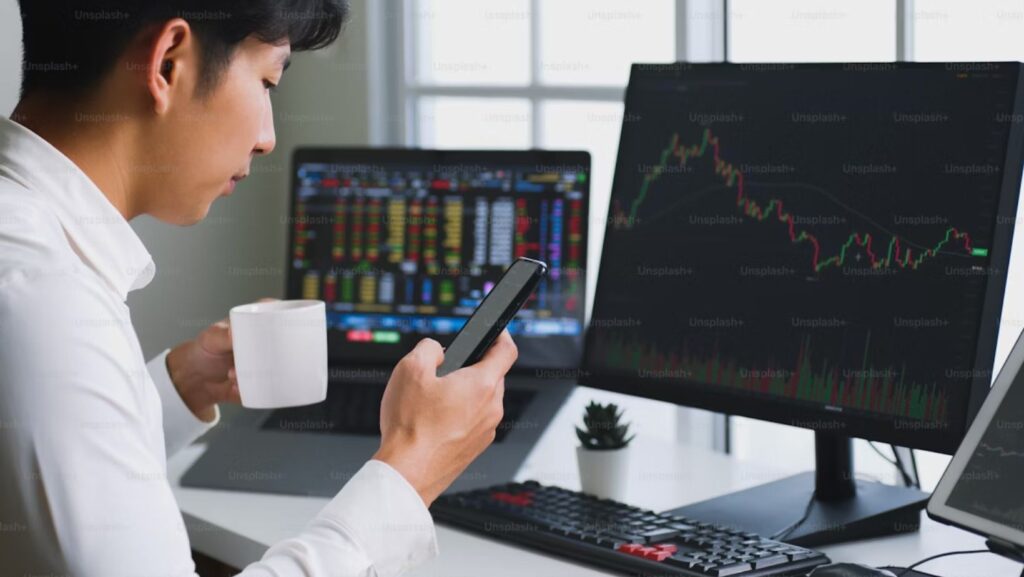According to a McKinsey report, companies that optimize their inventory management can reduce costs by up to 30%. Inventory replenishment software is often the key that unlocks this level of efficiency. With razor-thin margins and growing customer expectations, even slight missteps in inventory can derail operations. This article breaks down the real signs your business is ready to upgrade from manual tracking to smart automation. Let’s pinpoint the moment when investing in replenishment software becomes not just helpful, but essential. Signs It’s Time to Upgrade Your Inventory System You don’t need to hit a crisis to justify better tools. But when inefficiencies stack up, it’s time to pay attention. You’re Always Running Out or Overstocking Frequent stockouts frustrate customers, leading to lost sales and damaged brand loyalty. On the other hand, overstocking ties up capital, consumes warehouse space, and increases the risk of obsolete inventory. When your stock levels feel more like educated guesses than strategic decisions, your business suffers. Inventory replenishment software helps solve this by analyzing real-time sales data and historical patterns to create precise demand forecasts. With better visibility and predictability, you can maintain ideal stock levels that support both sales goals and cash flow efficiency. Manual Tracking Is Slowing You Down If your team is spending hours every week updating spreadsheets or physically counting items, it’s a clear sign that you’re behind the curve. Manual tracking introduces delays, bottlenecks, and errors that increase in proportion to business growth. The time lost to these tasks is time that could be better spent on strategy, customer service, or process improvement. Inventory replenishment software eliminates repetitive manual processes by automating stock level updates, integrating with POS systems, and alerting you to discrepancies before they become major problems. It also increases accountability by providing a clear audit trail for every transaction. You Have Multiple Sales Channels Operating across multiple platforms means juggling inventory visibility across various locations simultaneously. One missed sync can result in selling the same item to two different customers or showing a product as out of stock when it’s still sitting in your warehouse. This complexity can quickly spiral out of control without centralized oversight and management. Inventory replenishment software unifies inventory data from all sales channels, giving you real-time updates and ensuring accurate availability across platforms. It reduces the risk of fulfillment errors, improves customer satisfaction, and provides the agility needed to confidently expand into new markets. Constant Firefighting If your operations team spends more time reacting than planning, your processes are too brittle. Last-minute orders, emergency supplier calls, and manual stock corrections are symptoms of deeper inefficiencies. These issues consume valuable time and energy while masking the true root causes. With inventory replenishment software, you gain proactive alerts, safety stock thresholds, and reorder automation that help your team stay ahead of demand instead of chasing it. This transition from reactive to proactive management frees up leadership to focus on growth, not just survival. Inaccurate Forecasting Using static spreadsheets or gut instinct to forecast demand leads to missed opportunities and mounting losses. Promotions, seasonality, and economic trends all impact sales velocity, and failing to account for them results in imbalanced stock levels. Inventory replenishment software utilizes advanced algorithms to learn from historical data, market signals, and external variables, thereby producing accurate forecasts. These insights empower your purchasing and planning teams to make smarter decisions and respond more quickly to shifts in demand. Over time, the system becomes more adept at identifying patterns, thereby further enhancing your forecasting capabilities. Your Growth Has Outpaced Your Tools As businesses grow, the complexity of inventory management increases exponentially. What was manageable with a small catalog becomes unworkable as the number of SKUs and customer orders increases. This creates a strain on outdated systems, leading to slower response times, stock inaccuracies, and dissatisfied customers. Inventory replenishment software is built to scale. It accommodates large SKU volumes, multiple locations, and complex supply chains. With built-in analytics and automation features, it grows alongside your business, ensuring that your infrastructure supports rather than hinders your expansion goals. You’re Losing Sales to Stockouts Every time a customer encounters a stockout, you’re not just losing a sale—you may be losing long-term loyalty. Modern consumers expect availability and speed. Fail to deliver, and they move on to a competitor. Persistent stockouts also harm your reputation with partners and retailers. Inventory replenishment software minimizes the risk of stockouts by automatically generating purchase orders based on real-time consumption data. It ensures that your most popular products are always available when and where they’re needed, protecting your brand reputation and maximizing revenue potential. Your Reporting Can’t Keep Up Without strong reporting tools, it’s impossible to identify trends, measure performance, or justify inventory decisions. If generating a monthly stock report feels like a project in itself, you’re at a disadvantage. Lack of data transparency means missed opportunities and poor planning. Inventory replenishment software comes with built-in dashboards and customizable reports that give you a bird’s-eye view of operations. You can track turnover rates, stock health, vendor performance, and more, all in real time. These insights translate into stronger negotiations, better purchasing, and smarter strategic planning. For example, LEAFIO.AI enhances advanced analytics by providing real-time insights into inventory levels, demand forecasting, and supplier performance, allowing businesses to identify bottlenecks and optimize their supply chain processes. This automated inventory replenishment system enables data-driven decision-making, freeing managers to focus on strategic tasks while improving overall operational efficiency. You Want to Automate but Can’t Automation isn’t just about efficiency; it’s about enabling your team to focus on value-added activities. Manual workflows often introduce delays and errors, particularly in areas such as reordering, invoicing, and stock transfers. If your current systems can’t support automation, you’re holding your team back. Inventory replenishment software bridges this gap. It connects seamlessly with procurement, sales, warehouse management, and shipping systems, creating a cohesive ecosystem. From auto-generating POs to syncing sales with restocks, the software removes friction from your entire supply chain. Conclusion Eventually, every growing business hits the limits










